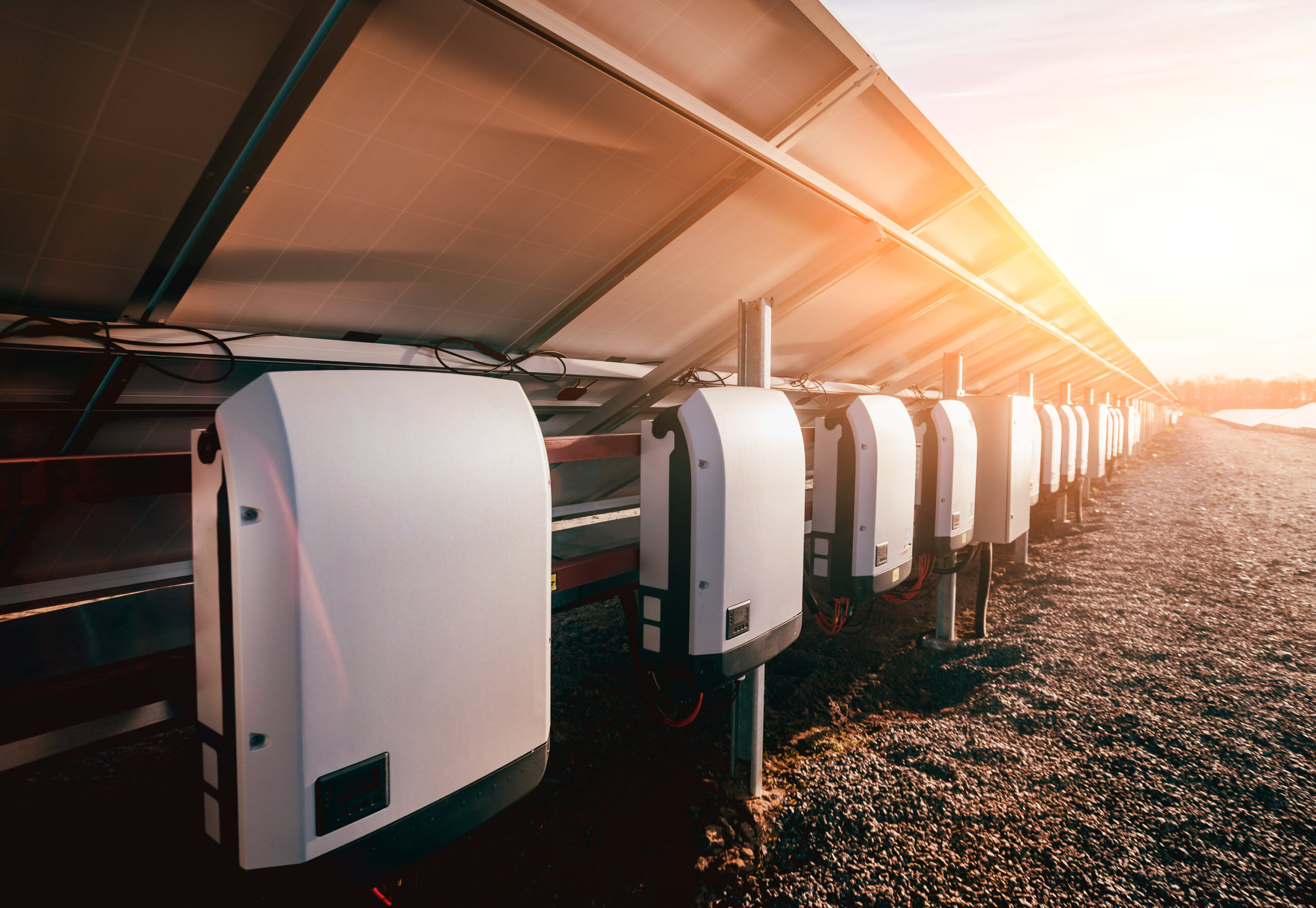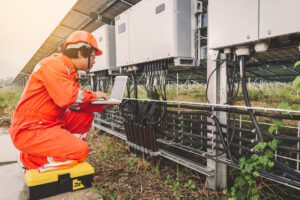How to Choose a Solar Inverter: Types of Solar Inverters

When it comes time to purchase a solar inverter for your home’s solar panel system, the process can seem daunting. There are so many types of solar inverters on the market, each with its own set of benefits and drawbacks. How do you know which one is right for you?
In this guide, we will take a look at the different types of solar inverters on the market and help you decide which one is best for your needs.
What is a Solar Inverter and How Do They Work?
Before we get into the types of solar inverters, let’s take a quick look at what a solar inverter is. A solar inverter is an essential component of any solar energy system – without an inverter, you won’t be able to use your solar energy.
A solar inverter takes the DC electricity produced by your solar panels and converts it to AC power that can be used in your home or business solar power system. Strong inverter efficiency goes a long way to make a solar PV system run as well as possible with maximum power output.
Types of Solar Inverters
Grid-Tie and Off-Grid Inverters (String Inverters)
The first type of solar inverter is the grid-tie system. This type of inverter connects directly to your local power grid and allows you to use solar energy to offset your electricity costs. Grid-tie systems are cost-effective and easy to install, but they do not provide any backup power in case of a grid power outage.
On the flip side of this, off-grid inverters are set up so that they produce energy independently of any existing power grid. The pros of this type of inverter include having independence from the grid – meaning no grid-wide blackouts – as well as being more energy conscious. However, it comes with a higher initial investment.
Hybrid Inverters
The second type of solar inverter is the hybrid inverter. Hybrid systems combine a battery storage unit with a solar panel, allowing you to store excess energy in the battery for times when the sun isn’t shining.
The benefit of this type of system is that it provides backup power during outages, making it ideal for areas prone to blackouts or inclement weather. The downside to this is that costs can be higher and more space is required for setup with these inverters.

A worker inspecting the performance of a solar inverter
Commercial Central Inverters
Central inverters are larger, more powerful types of solar inverters that can handle the output from multiple strings of PV modules. Specifically used for Solar Farms and large PV installations,they can be mounted inside or near an existing electrical panel.
Micro Inverters
Micro inverters are small, individual units that – unlike string inverters – are attached to each solar panel, making them ideal for installations with multiple types of PV modules. Micro inverters can be used in both residential and commercial applications.
Micro Inverters have benefits such as being able to generate more solar power than other inverters, having a longer lifespan and including rapid shutdown capability. The downsides to these inverters include higher costs and maintenance, as well as having more equipment on the building’s roof.
Get Your Solar System Done Right with e-Solar
Regardless of the setup, solar power is a great choice for any home or business as an alternative power solution. At e-Solar, we provide efficient energy solutions tailored to our customer’s needs.
With over 45 years of combined experience in the industry, we have developed a pragmatic approach to generating and storing solar energy, allowing our clients to receive the full benefits of their energy systems. We implement systems that allow for strong solar panel efficiency so that you get the most out of solar energy.
If you’re looking to get a solar panel system set up on your property, get in touch with us today to learn what we can do for you.
Share:
Further reading:
Solar Panel Rebate 2023: How To Claim the Solar Rebate in WA
